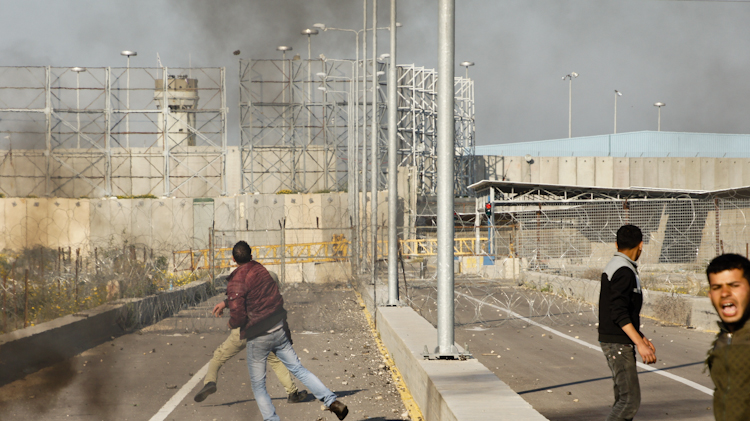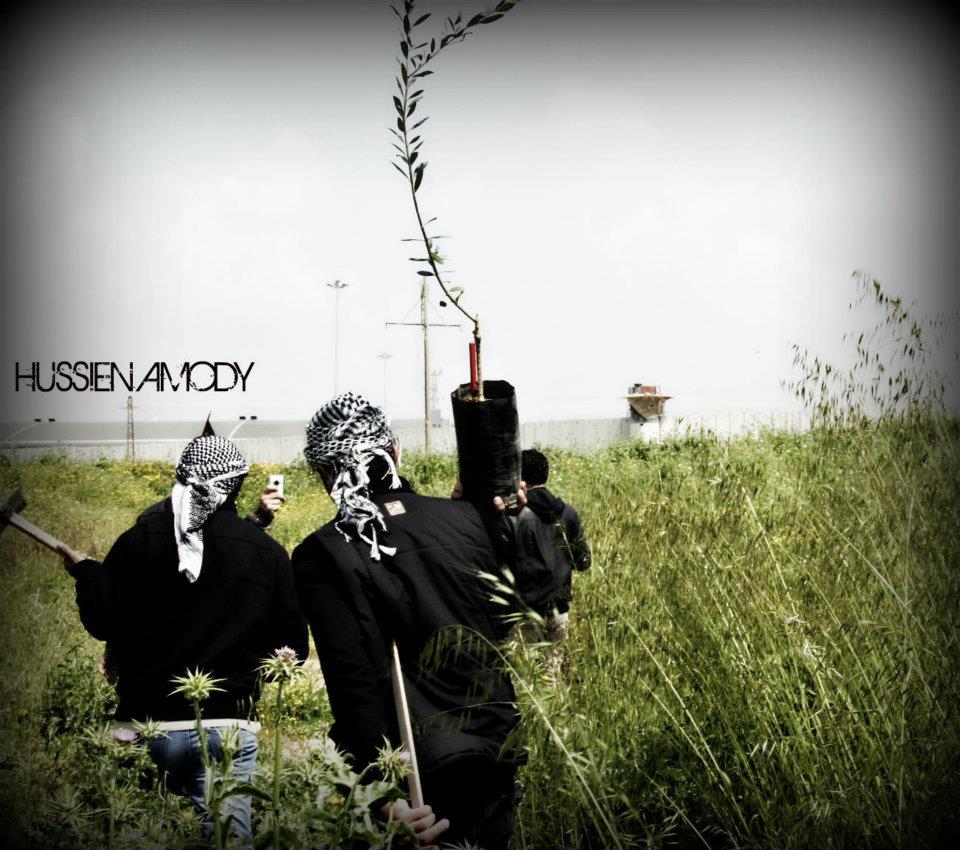Year: 2012
-
The march from Erez to the iron doors of Al Aqsa
by Nathan Stuckey 30 March 2012 | International Solidarity Movement, Gaza Sometimes, the more things change the more they stay the same. On March 30, 1976 during protests against the confiscation of Palestinian land, Israel killed six protesters, injured over one hundred and arrested hundreds more. This was the first Land Day. Every year for…
-
On the eve of Land Day: Al Quds anticipates the Global March
by Johnny 29 March 2012 | International Solidarity Movement, West Bank March 30 is Land Day in Palestine. The events of the day annually commemorate the events of 1976, when Israeli authorities seized massive quantities of land from Palestinian owners, and then killed several and injured dozens to crack down on the general strike called…
-
Land Day: From Gaza to Sakhnin we are all united with Bil’in
by Nathan Stuckey 27 March 2012 | International Solidarity Movement, Gaza Thirty six years ago on March 30th 1976 demonstrations against the confiscation of Palestinian land by the Israeli government spread throughout Palestine. Six Palestinians were killed, over a hundred wounded, and hundreds more arrested. Land day was one of the first large mobilizations of…


